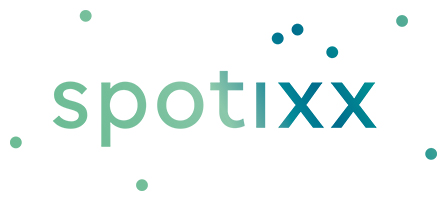Understanding Software Bias
Software bias occurs when algorithms produce unfair outcomes due to prejudiced data or flawed design. This bias can stem from historical inequalities embedded in the training data. For instance, if a hiring algorithm is trained on resumes predominantly from one gender or ethnicity, it may favor those groups over others, perpetuating discrimination.
Everyday Implications of Bias
The impact of biased software is profound and far-reaching. In hiring, biased algorithms can deny qualified candidates opportunities based on gender, race, or age. In lending, biased credit scoring systems can unfairly deny loans to certain groups, exacerbating financial inequalities. In law enforcement, biased facial recognition can lead to wrongful arrests, disproportionately affecting marginalized communities. These examples highlight how bias in software can reinforce existing social injustices, making it a critical issue to address.
Tackling the Problem
Addressing software bias requires a multi-faceted approach:
-
Diverse and Representative Data: Ensuring that training data is diverse and representative of all groups is crucial. This helps in creating algorithms that are fair and unbiased.
-
Regular Audits and Updates: Continuous monitoring and updating of algorithms can help identify and rectify biases. Regular audits by independent bodies can ensure transparency and accountability.
-
Inclusive Development Teams: Involving diverse teams in the development process can provide varied perspectives and help in identifying potential biases early on.
-
Ethical Guidelines and Regulations: Establishing and adhering to ethical guidelines and regulations can guide the development of fair and unbiased software. Governments and organizations need to work together to create standards that protect against bias.
Conclusion
Bias in software is not just a technical issue; it’s a social justice issue. By recognizing and addressing it, we can create fairer, more equitable systems that benefit everyone. It’s time to take a stand against biased algorithms and work towards a more just digital world.
